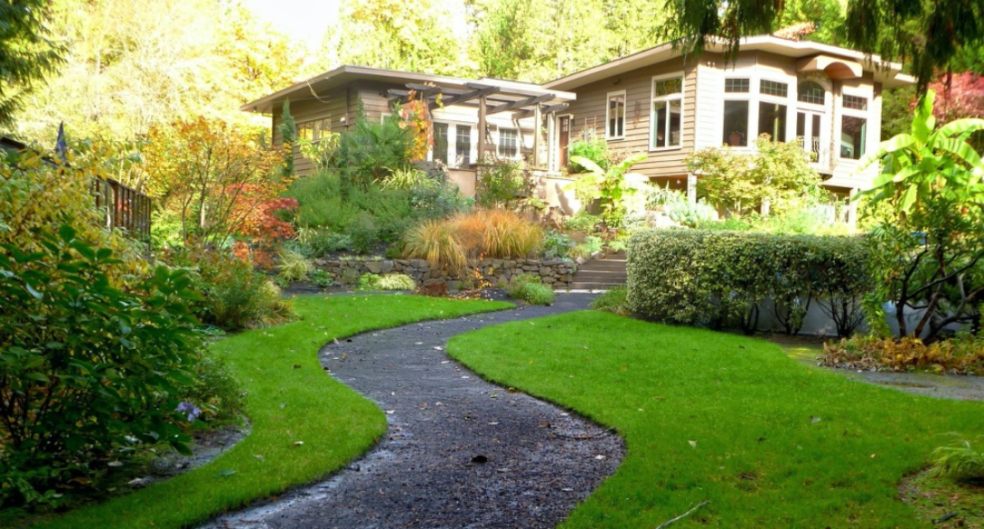
Building affordable ADUs: The significance of planning
In today's rapidly growing urban landscapes, the request for affordable housing choices continues to increase. Accessory Dwelling Units (ADUs) have emerged as a promising solution to address this pressing issue. ADUs, also known as granny flats or backyard cottages, are secondary dwelling units on residential properties that offer affordable housing opportunities for homeowners and renters alike. However, to successfully build affordable ADUs, meticulous planning is essential. This article explores the significance of planning in constructing cost-effective ADUs and how it contributes to sustainable urban development.
The Rising Demand for Affordable ADUs
The lack of affordable housing has become a prevalent problem in many cities worldwide. As housing prices soar and urban populations grow, the need for affordable living spaces becomes more urgent than ever. ADUs present an excellent opportunity to address this challenge. They offer a range of benefits, such as providing supplementary income for homeowners and affordable housing options for tenants. Additionally, ADUs promote sustainable development by utilizing existing infrastructure and reducing the strain on public resources. To learn more, you can speak to credible companies like My ADU in Portland to build custom ADUs at budget-friendly prices.
The Role of Planning in Affordability
A well-thought-out plan is the backbone of any successful ADU project. It is imperative to consider various factors that influence affordability during the planning phase. Firstly, determining the optimal size and design of the ADU is crucial. Careful consideration should be given to the available space on the property to ensure the new unit complements the main residence without compromising on quality of life. The layout should maximize functionality while minimizing construction costs.
Secondly, adherence to local zoning regulations and building codes is paramount. Planning an ADU that complies with existing regulations streamlines the approval process and minimizes additional expenses that might arise from non-compliance. Engaging with local authorities early on to understand the zoning requirements is a prudent step in the planning journey.
Budget Considerations and Cost-Efficient Construction
A well-planned budget is at the core of building affordable ADUs. Establishing a clear and detailed budget ensures that costs are accounted for from the initial planning stages to the final construction phase. By forecasting expenses accurately, homeowners can identify potential cost-saving measures without compromising on safety or quality.
Employing cost-efficient construction methods and materials is another crucial aspect of planning. Prefabricated or modular ADUs, for example, often reduce construction expenses and minimize construction time significantly. Additionally, using sustainable materials can not only contribute to lower costs but also enhance the overall energy efficiency of the ADU.
Sustainable Urban Development
Integrating ADUs into urban areas contributes to sustainable development. ADUs allow homeowners to capitalize on underutilized space within their properties, which would otherwise remain dormant. By encouraging infill development, ADUs can reduce urban sprawl and promote more efficient land use, thus preserving natural habitats and agricultural lands on the urban periphery.
Furthermore, strategically locating ADUs near public transportation and essential amenities can encourage alternative modes of transportation, reducing the carbon footprint associated with daily commutes. This type of urban planning fosters a sense of community, as residents enjoy improved accessibility to nearby services and recreational facilities.

















